Gigabyte 8SG667 (SiS 648): Big Power in a Small Package
by Evan Lieb on September 17, 2002 2:19 AM EST- Posted in
- Motherboards
BIOS and Overclocking
Gigabyte decided to go with the Award BIOS for this particular motherboard. There are some pretty nifty BIOS features and overclocking options that come with this motherboard, although they're not all that amazing.
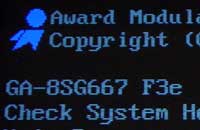 First
off, we were disappointed to see that the PC Health section of the Award BIOS
offered virtually nothing in the way of information. The only feature we were
able to spot in PC Health was FAN RPM speed. There were no CPU temperature readings,
case readings, or even PSU readings. However, Gigabyte tells us that 8SG667
boards will ship with a different BIOS version than the one we used (F3e) that
will offer all the readings we desire.
First
off, we were disappointed to see that the PC Health section of the Award BIOS
offered virtually nothing in the way of information. The only feature we were
able to spot in PC Health was FAN RPM speed. There were no CPU temperature readings,
case readings, or even PSU readings. However, Gigabyte tells us that 8SG667
boards will ship with a different BIOS version than the one we used (F3e) that
will offer all the readings we desire.
As far as overclocking options are concerned, there's some good and bad to report. The bad is that there are absolutely no VDIMM, Vcore, or AGP voltage adjustments available via the Award BIOS. In fact, there aren't any onboard jumpers that allow voltage or frequency adjustments either. However, Gigabyte claims the next (i.e. shipping) BIOS will have these frequency and voltage adjustments available (no jumpers though. :)).
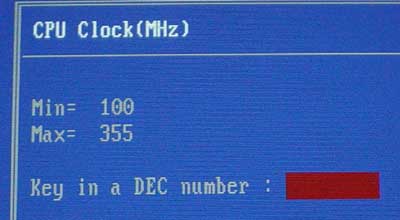
The good part about this board as far as overclocking options are concerned is an adjustable FSB all the way up to 355MHz, which is ridiculously high, but quite a mouthwatering potential speed nonetheless.

Thankfully, there's also an AGP/PCI lock option, which allows you to keep your AGP/PCI devices running at their defaults speeds. For some reason, Gigabyte thought that it would be a good idea to include an option for raising AGP frequency up to 255MHz. Can you say overkill?
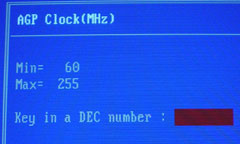
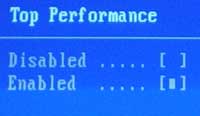 There's
also a "Top Performance" option in the BIOS, which optimizes the memory controller in the North Bridge for the best
performance possible (at a stable rate). So all enabling Top Performance speed up the internal timings of the memory controller. We have also been told by Gigabyte that even though we have no way of knowing voltages for our CPU
and memory, they're set to their default values (1.5Vcore for Pentium 4 and
2.5/2.6V for DDR DRAM). This is very likely true, and so one would think that
a substantial overclock would be hard to come by. Well, we're happy to report
that the Gigabyte 8SG667 overclocks exceptionally well. The 8SG667 was able
to operate seamlessly at ~ 2.56GHz, or 150MHz FSB. This is well over a 300MHz
overclock, using an everyday retail heatsink and fan (and thermal pad) from
Intel, and all on 1.5Vcore. If you ask us this is quite an impressive feat.
There's
also a "Top Performance" option in the BIOS, which optimizes the memory controller in the North Bridge for the best
performance possible (at a stable rate). So all enabling Top Performance speed up the internal timings of the memory controller. We have also been told by Gigabyte that even though we have no way of knowing voltages for our CPU
and memory, they're set to their default values (1.5Vcore for Pentium 4 and
2.5/2.6V for DDR DRAM). This is very likely true, and so one would think that
a substantial overclock would be hard to come by. Well, we're happy to report
that the Gigabyte 8SG667 overclocks exceptionally well. The 8SG667 was able
to operate seamlessly at ~ 2.56GHz, or 150MHz FSB. This is well over a 300MHz
overclock, using an everyday retail heatsink and fan (and thermal pad) from
Intel, and all on 1.5Vcore. If you ask us this is quite an impressive feat.
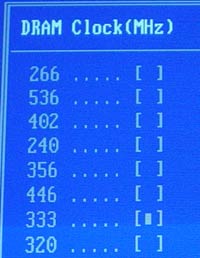
We also did a little memory overclocking this time around. We were able to get our Mushkin DDR400 memory up to 422MHz reliably, on the assumed default 2.5/2.6V.

Mushkin's DDR400 modules worked at speeds of up to 422MHz on the Gigabyte board.
In this next section we'll talk about how the Gigabyte 8SG667 held up under intense CPU, memory, and general system stability tests…










0 Comments
View All Comments